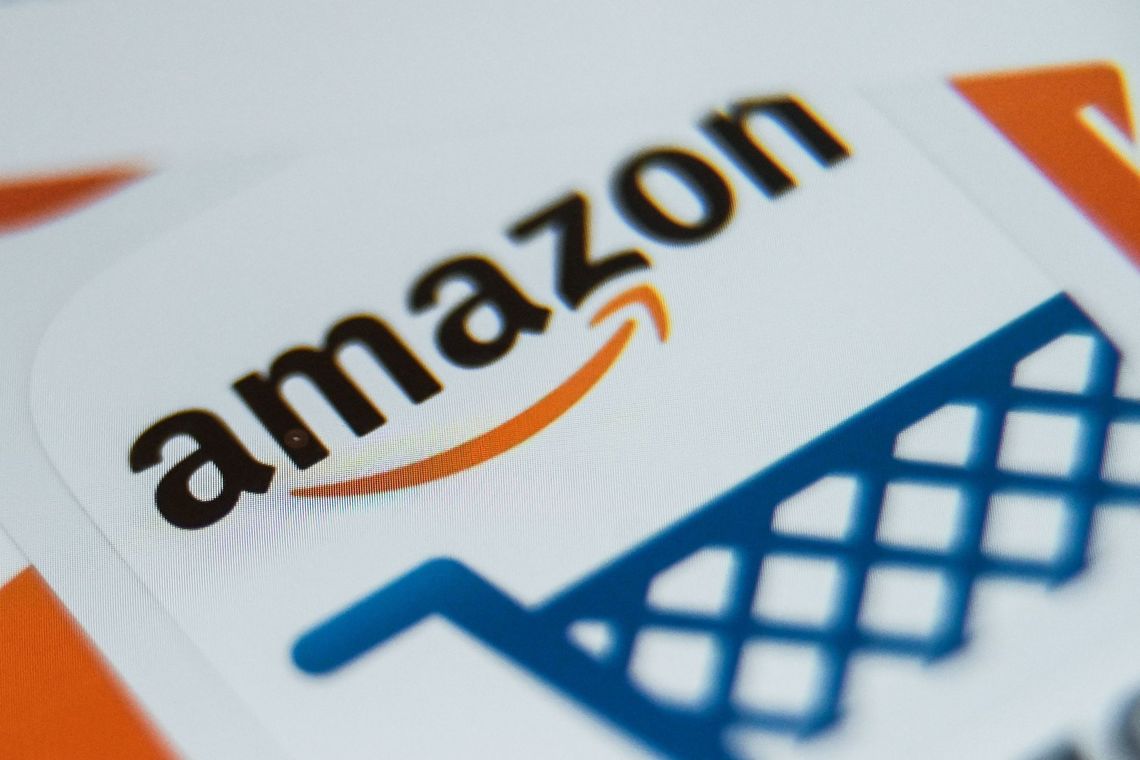
- Amazon is eliminating its $14.99 delivery fee for AmazonFresh in a bid to simplify its grocery offerings and draw in more customers.
- The move will significantly drive the firm’s costs higher, but Amazon is betting big to grab market share and increase value for Prime Members.
- Q4 could be a painful one, but Amazon investors should be used to the firm’s use of aggressive spending in order to grow market share.
E-commerce giant Amazon (NASDAQ:AMZN) is gearing up to make bold moves in the grocery space in an effort to grab market share in an increasingly competitive industry. This week AMZN announced plans to eliminate the $14.99 AmazonFresh grocery delivery fee for its Prime Members in a bid to grow its customer numbers. The move is expected to contribute to an $11 billion rise in shipping costs in Q4, but will it be worth it?
Simplifying Grocery Shopping
In eliminating AmazonFresh’s delivery fee, the company is also simplifying its grocery offerings and potentially drawing in more customers. The firm also offers a free Prime Now membership for Prime members that allows them to order food from Whole Foods Market stores. The WFM offerings are also supplemented by additional grocery items stored at Amazon fulfillment centers. AmazonFresh offers a wider selection of goods, which is the main difference between the two services.
However, AmazonFresh’s delivery fee kept many Prime members from using the service, and as a result, market share in this segment declined significantly over the past year. A Rakuten Intelligence study showed AmazonFresh’s market share in the online grocery space fell to 3.1 percent this year from 5.9 percent last year. Meanwhile, Prime Now’s market share rose by 1 percentage point.
As a whole, Amazon is seen controlling the largest share of the U.S. online grocery market, with 36 percent between all of its offerings. Walmart, which just rolled out a $98 “Delivery Unlimited” grocery service, controls the largest share of the overall grocery market in the United States.
Low Margins
Amazon may be winning, but is it winning at a losing game? The grocery business is notoriously low-margin, made even more so by growing competition to offer the cheapest, most convenient delivery option. Traditional grocers like Kroger (NYSE:KR) and big-box stores like Walmart (NYSE:WMT) are also trying to elbow their way to the top of the industry by enticing customers with everything from curbside pickup to having delivery workers put the food in customers’ fridges while they aren’t home.
All of those benefits don’t come cheap though. In the third quarter, the Commerce Department said grocery sales were up 4% from the previous year, which should have been a boon for grocers like Kroger. However, analysts are expecting further margin deterioration as firms try to one-up each other on delivery offerings and price comparisons.
More Trouble Than it’s Worth?
So why is Amazon dead set on becoming a leader in the grocery space? Because that’s what Amazon does best, according to Argus analyst Jim Kelleher.
“The addition of Whole Foods positions Amazon in a low-margin business. Amazon has extensive experience in operating efficiently in the low-margin online retail industry. We expect the company to pursue margin expansion at WFM not from conservative pricing (AMZN is already aggressively pricing WFM goods) but through increased efficiency and leverage from customer growth.”
In an Oct. 25 report, Kelleher noted that Amazon’s push into grocery was nothing new and that the firm wasn’t afraid to take risks in order to expand its customer base. The firm took a similarly aggressive approach when it built its e-commerce empire.
What’s Next?
Next quarter could be a bumpy one for Amazon stock investors as the firm’s shipping costs take a bite out of profits. However, that should be nothing new for those who’ve been holding AMZN over the past few years. Amazon is focused on building an ecosystem in which its customers see value in their membership while spending more per-order. The grocery push is likely to further that agenda and if online grocery shopping continues to gain momentum, it could eventually push Amazon to overtake Walmart as the No. 1 grocer in the country.
As of this writing, Laura Hoy was long AMZN.
Disclaimer: The above should not be considered trading advice from CCN.
This article was edited by Gerelyn Terzo.






